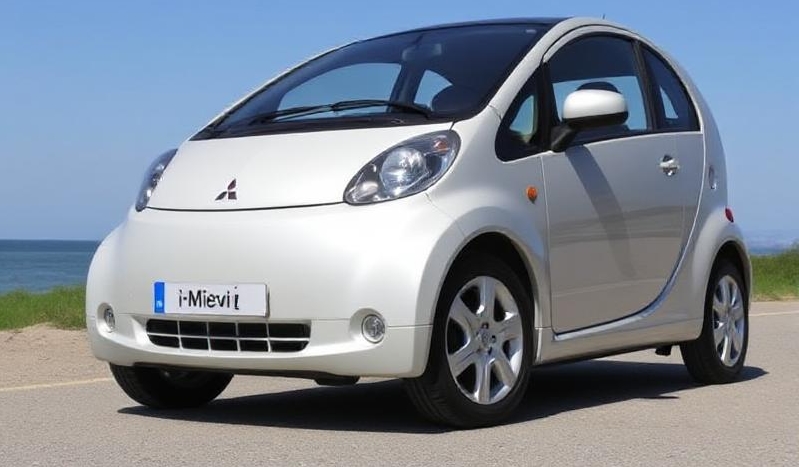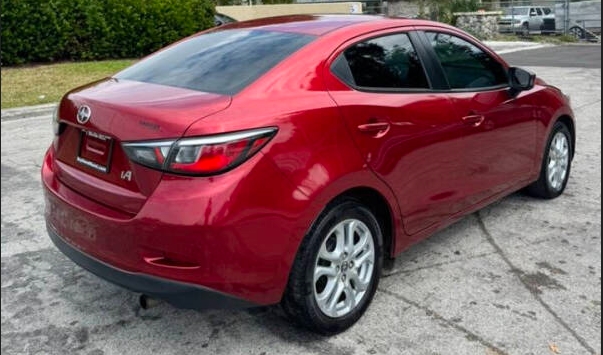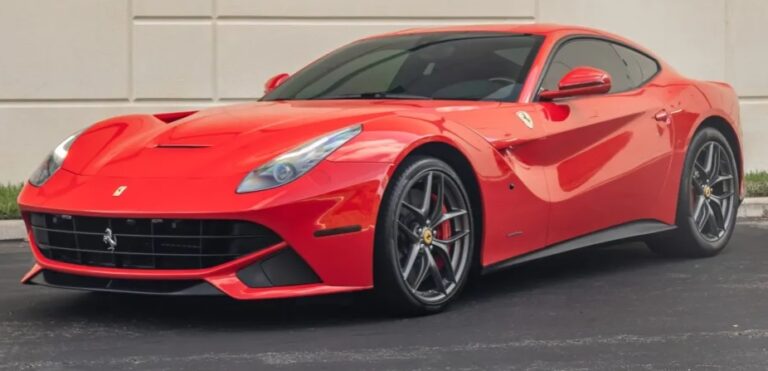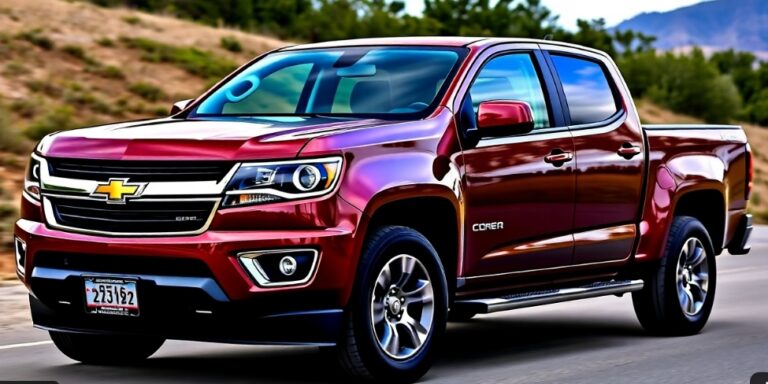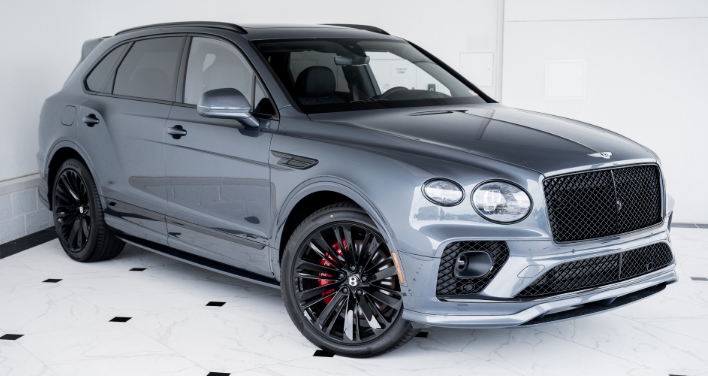The Evolution of the Mitsubishi i-MiEV: A Testament to Electric Mobility
The Mitsubishi i-MiEV, an acronym for Mitsubishi innovative Electric Vehicle, stands as a pioneering model in the electric vehicle (EV) market. Lauded for its compact design and all-electric performance, the i-MiEV has undergone various transformations since its inception, reflecting the automotive industry’s shift towards sustainable energy. This article will delve into the evolution of the Mitsubishi i-MiEV, covering its production timeline, model variations, and trim levels over the years.
1. Introduction to the i-MiEV
Mitsubishi Motors Corporation developed the i-MiEV as part of its commitment to creating environmentally friendly vehicles. Positioned as a compact and urban-friendly electric car, the i-MiEV entered the market with the intention of addressing the growing concerns surrounding carbon emissions and rising fuel prices. Its unique design not only prioritized efficiency but also targeted city dwellers in search of economical transportation solutions.
2. The Birth of the i-MiEV (2009)
The i-MiEV saw its first production model launched in Japan in 2009. It was notable for being one of the first mass-produced electric vehicles to hit the market. This initial version was based on the Mitsubishi i, a mini-car that had enjoyed mild popularity in the domestic market. The electric version retained much of its predecessor’s charm, featuring a compact structure tailored for urban navigation.
Battery and Range: The 2009 i-MiEV came equipped with a 16 kWh lithium-ion battery that powered an electric motor producing 47 kW (64 hp) and 180 Nm of torque. This configuration allowed the vehicle to achieve a range of approximately 100 miles on a single charge – an impressive feat for electric vehicles at the time.
3. Entering the Global Market (2010-2012)
In 2010, Mitsubishi began exporting the i-MiEV to various international markets, including Europe and the United States. In the U.S., the i-MiEV was available through limited dealership networks and targeted consumers seeking eco-friendly alternatives to gasoline vehicles.
Trim Levels and Versions: Upon its U.S. launch in 2011, the i-MiEV came in three trims: Base, SE, and SEL. Each trim offered various features, including a standard suite of safety equipment, a navigation system, and upgraded interior materials.
- Base Model: The standard i-MiEV came equipped with essential features and an efficient charging system.
- SE Model: This trim introduced additional comforts like alloy wheels and a more sophisticated audio system, targeting customers prioritizing both efficiency and an elevated driving experience.
- SEL Model: The top-tier SEL package added even more technology innovations and luxury features, appealing to a more extensive audience.
4. Facelift and Upgrades (2012-2015)
In 2012, the i-MiEV received a mid-life facelift that included body and interior enhancements. While the basic drivetrain remained unchanged, improvements were made in terms of comfort and aesthetics.
Updated Features: New features included improved seat materials, upgraded infotainment systems, and enhanced soundproofing. The bright color palette aimed at attracting younger demographics also appealed to environmentally conscious consumers.
.

.
5. Transition Period (2015-2019)
As electric vehicle technology rapidly advanced, Mitsubishi recognized the need to innovate continuously. However, the i-MiEV faced increased competition from newer contenders in the electric vehicle space like the Nissan Leaf and Tesla Model 3. Production levels fluctuated in several markets during this time.
Despite the evolving competition and marketplace, Mitsubishi continued to offer the i-MiEV with minor updates while holding steady with pricing.
Key Changes: Key changes during this period largely revolved around software enhancements, with efforts aimed at increasing the efficiency of the battery and overall electrical systems. However, the i-MiEV remained relatively unchanged. The battery capacity remained at 16 kWh, encouraging potential buyers to consider newer options with longer electric ranges.
6. Decline and Production End (2019)
In 2019, Mitsubishi officially ceased production of the i-MiEV for the international market, marking the end of its journey as one of the first mass-produced electric vehicles. The discontinuation was attributed to sales declines and a strategic shift towards larger SUVs and newer hybrid technologies.
Legacy and Final Thoughts: The i-MiEV’s last units were primarily sold in Japan, leaving a legacy of innovation, sustainability, and practicality. Although the model is no longer in production, it remains a noteworthy benchmark in the history of electric vehicles. Its modest size and range made it an appealing option for short urban commutes, and its pioneering role helped pave the way for subsequent electric models.
7. The Global Impact of the i-MiEV
Despite its relatively short production run, the Mitsubishi i-MiEV has had a lasting effect on the automotive landscape. As one of the first affordable electric vehicles on the market, it ignited interest in electric mobility and showcased the viability of electric vehicles as everyday transportation options.
The i-MiEV also played an integral role in raising awareness about the importance of reducing fossil fuel dependency and combating environmental issues. Its influence persists in current and future electric vehicle manufacturing strategies, with the industry learning from the trials and triumphs encountered during the i-MiEV’s lifecycle.
8. Looking Ahead: A Legacy of Sustainability
As the auto industry shifts toward electrification and sustainability, the Mitsubishi i-MiEV remains an essential chapter in this narrative. While Mitsubishi has since shifted its focus toward hybrid models and larger electric vehicles, the innovative spirit of the i-MiEV continues to inspire new designs and initiatives in electric mobility.
The i-MiEV serves as a reminder of the ongoing transition from traditional automotive designs to environmentally friendly, electric-driven paradigms. As urban centers continue to grow, compact electric vehicles like the i-MiEV play a crucial role in shaping tomorrow’s sustainable transportation networks. The legacy of the i-MiEV can be felt in the advancements of electric vehicles we see today, reflecting the importance of innovation, adaptability, and environmental stewardship in the automotive industry.
In conclusion, the Mitsubishi i-MiEV symbolizes not only the early efforts to mainstream electric vehicles but also a profound evolution in consumer attitudes toward sustainable transport. As we advance into a future defined by electric mobility, the i-MiEV’s influence and legacy will guide the industry’s next steps.
